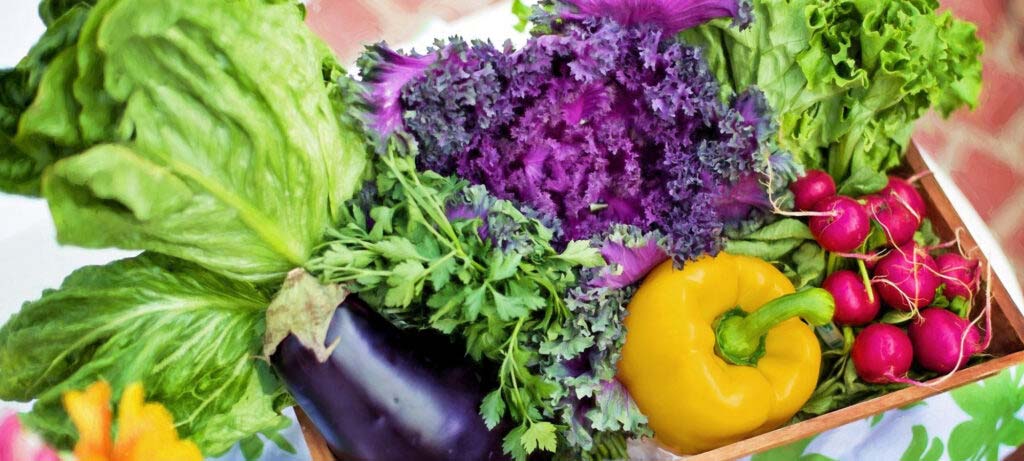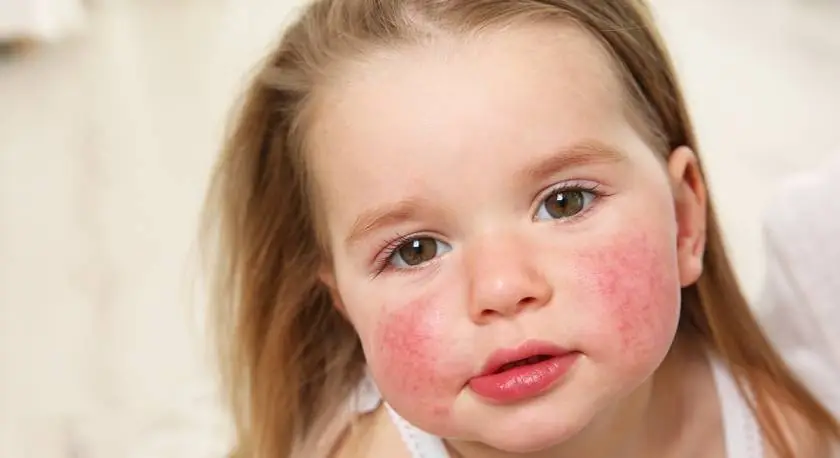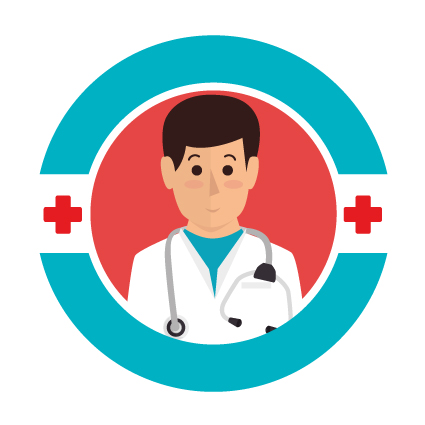
March is National Nutrition Month — which highlights important topics for everyone. Adequate nutrition is critical to all, but for those with limited diets due to food allergy, it can be more of a challenge to meet. There are also so many different layers to staying safe that need to be considered when it comes to food allergy.
We’ve been lucky to speak with Emily Melby, Registered Dietitian Nutritionist from Allergy Associates of La Crosse, in previous blogs about many topics relating to nutrition and food allergy. This month, we encourage you to look back on some of these topics that weave the two together.
Cross Contact
Avoiding accidental exposure is crucial to staying safe with food allergy, and cross contact is one way accidental exposures happen. Emily explains it as: “Cross contact is ultimately when a safe food touches, say, a surface where an allergen was. For instance, a restaurant makes eggs on a flat bottom grill in the morning, and then they may not properly clean that off. In the afternoon, they make hamburgers. That’s where the cross contact occurs.”
In this blog, she gives tips for avoiding cross contact at home, as well as when ordering from a restaurant.

“May Contain” Labels
Another way accidental exposure can occur is through vague and confusing nutrition labels. In the blog titled What Does “May Contain” Really Mean for Food Labeling?, Emily dives into labeling for food allergies and “may contain” statements.
Emily explains that “Most manufacturers make multiple products in one building; therefore a cereal that contains peanuts could be made in the same building, or on the same equipment, as a cereal that does not include peanuts. Even with cleaning or sanitizing, the cross contact can still occur and could possibly create reactions for allergic individuals.” And that’s when a “may contain” statement may be added.
Learn more by reevaluating this important topic.

Dining Out
Dining out can be a daunting task for those with food allergy. Emily put together a multitude of recommendations and tips for making your dining out (or ordering in) experience a safe one in this blog. She dives into topics like:
- Helpful apps
- Restaurant types to avoid
- Tips for before arriving
- Questions to ask the manager and the chef
These tips can be a great refresher after spending less time in restaurants during the COVID-19 pandemic.

Group Meal Hints
This blog gives tips for staying safe at holiday gatherings, but the tips can be applied to birthdays, potlucks, barbecues, or any group setting where different households may contribute dishes. She suggests communicating before the event, telling your allergy story, contributing ideas for safe modifications, and more.
More food allergy resources
In Emily’s day-to-day practice, she helps guide food allergy patients toward adequate nutrition as they undergo allergy drop treatment for their problem allergies. Learn more about this disease-modifying treatment that gets to the root cause of food allergy here.
By Taylor Pasell, Allergychoices
Related Post
 27
27 Jun
Effective Allergy Treatments for Kids: A Comprehensive Guide
Is your youngster experiencing a runny nose, sniffling, and bothersome eyes? Assist them with feeling improved with these regular sensitivity cures you can attempt at home. Does your kid have a runny nose, sniffling, and irritated eyes? They may be managing.
Read More 20
20 Jun
Journal Prompts for Mental Health: 7 Ideas to Explore
Journaling has a heap of psychological well-being benefits, however you don't necessarily have any idea what to expound on to get the worth out of a journaling meeting. That is where journaling prompts for treatment come in. More profound diary prompts.
Read More 13
13 Jun
10 Natural Health and Nutrition Tips That Are Evidence-Based
If you have any desire to help your wellbeing and prosperity, there are a lot of regular and home solutions for browse, going from keeping away from singed meats and added sugars to rehearsing reflection. With regards to understanding what's sound,.
Read More 04
04 Jun
4 Tips for Preventing Food Allergies at School
Most guardians send their kids off to start another school year with energy. However, guardians of youngsters with extreme food sensitivities frequently have genuine apprehension. They frequently wonder: Will their kids inadvertently eat the food they're hypersensitive to? Food sensitivities are.
Read More